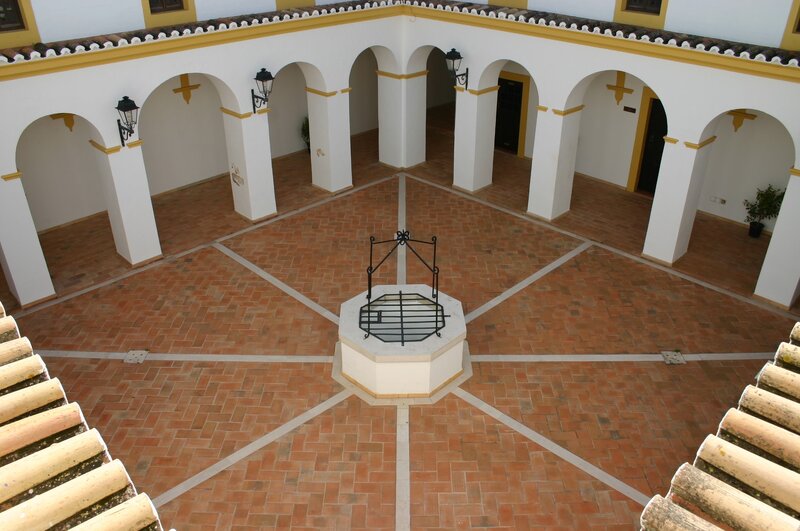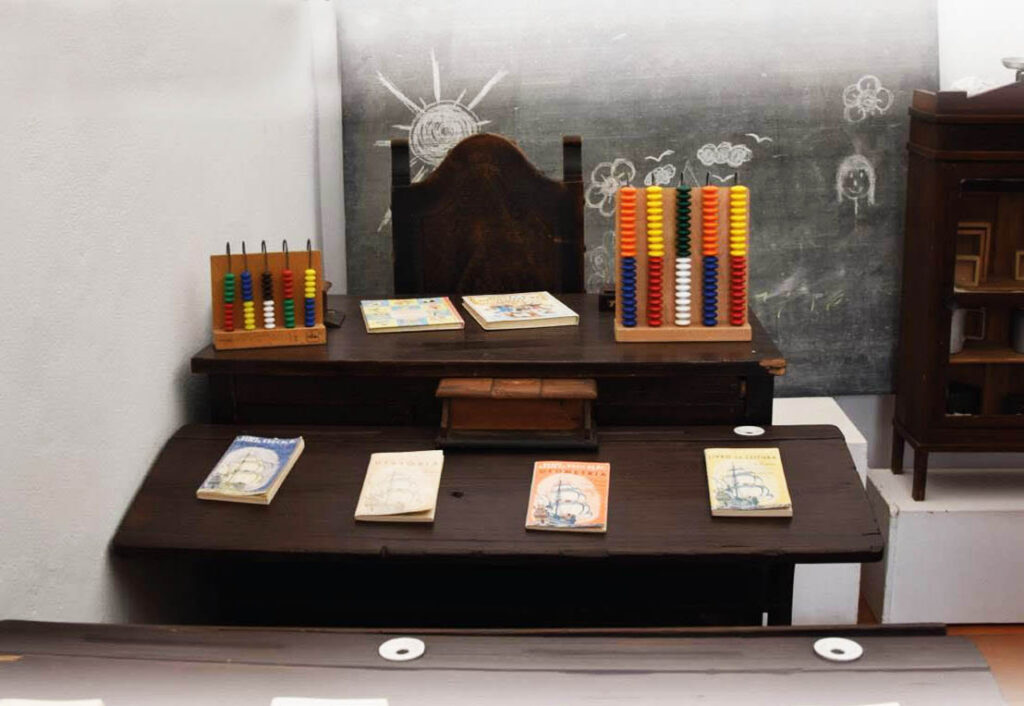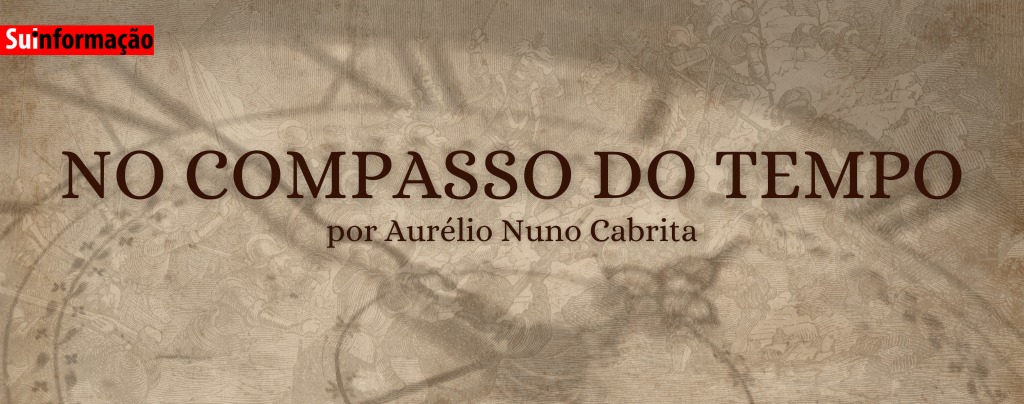The second informal conversation of the “Rodas de Conversa” cycle with the population of Lagoa about the memories and history of the old Convento de S. José will take place on April 4th, between 14:30 pm and 16:30 pm, in that space. This time, the theme will be “Looking for school memories”.
This initiative is part of the Conventus project, promoted by the Municipality of Lagoa, which studies the old Convent of São José to learn about its history from documentary archives and with the participation of the local population and the living memories that exist of it, with the objective of knowing «the other stories of the Convent» that have never been told or written.
As this is a participatory research project, initiatives such as the “Rodas de Conversation” Cycle aim to give a voice to the local population of the municipality of Lagoa so that, with their help, they can delve into the memories they keep about the Convent. .
Open to the participation of the local community, the event is a moment of sharing and discovering the memories and stories linked to the Convent, promoting the preservation of its social and cultural heritage.

The former convent or retreat of São José was founded in the 17th century, according to information published on the Câmara de Lagoa website. The settlement of nuns in the location of the current convent dates back to this century, but an exact date is unknown.
The lintel on the door of the church – at the time the hermitage of S. José – on which the year 1738 is inscribed, most likely marks a construction campaign, indirectly relating to the founding of the Convent.
In the mid-18th century, the houses next to the Hermitage, where some “devout maidens” gathered, gave way to the convent building that has survived to this day. The Brotherhood, designated by the Sacred Heart of Jesus (Carmelite), is recognized by the Pope. Recolhimento do Senhor S. Jozé thus maintained its vocation of welcoming orphaned girls, a function of which the surviving Roda do Expostos is testimony.
The structural damage caused by the 1755 earthquake was followed by the political-social consequences of the extinction of the Religious Orders in 1834.
In the last quarter of the 19th century, the Convent would be adapted into a school, under the regency of the Congregation of the Dominican Sisters of Santa Catarina de Sena, whose founder was Mother Teresa of Saldanha.
It worked like this until the establishment of the Republic, in 1910, passing, after the departure of the nuns, into the possession of the City Council, which acquired it in 1924.
Until the 70s, a public primary school operated there, as well as various public services.
In the middle of the 20th century, the Diocese of Algarve still tried to recover the property, but the agreement with the city council of Lagos had no effect.
At the end of the 80s, major rehabilitation interventions, completed in 1993, gave the old convent its current appearance and the new functionality it has maintained for three decades, that of a Cultural Center.


















Comments